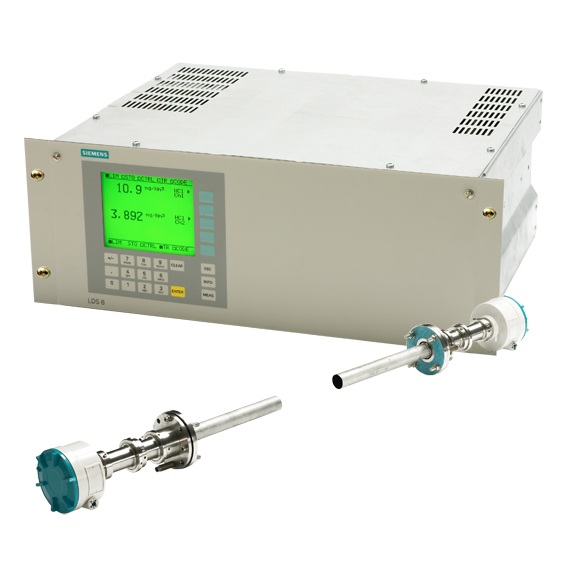- General Details
- Detail
- Benefits
- Documents
The basic design of the diode laser gas analyzer LDS 6 enables further opportunities in process gas analytics and continuous emission monitoring. The major part of the benefits the in-situ approach is introducing belongs to the simple fact that the measurement is performed non-intrusively and in real-time – without any disturbance or delay due to gas sampling or gas conditioning.
The total benefit depends on the individual process. In almost any case, the elegant method leads to a higher efficiency and less efforts for installation and maintenance. As a consequence of the fast in-situ measuring the profitability and the environmental compatibility of most processes can be increased.
Besides emission monitoring there is a set of industrial applications where diode laser is already established as a standard tool for process optimisation. Among the most important market segments in the process industries one will find, today:
- Power generation / combustion industry
Surveillance and optimisation of DeNOx plants by measuring the ammonia slip behind SCR and SNCR DeNOx installations - Thermal waste treatment:
Primary combustion control by fast measurements of the oxygen concentration and the gas temperature in furnaces and boilers.
Surveillance and optimisation of flue gas cleaning systems by measuring the waste gas concentrations before and after gas cleaning steps. - Internal combustion engines:
Measuring the ammonia slip behind DeNOx catalysts in the waste gas system of engine test beds - Explosion safety:
Immediate and intrinsic save (Ex i) concentration measurement in combustible gases like CO and CH4 or surveillance of the oxygen level in process streams, tanks or silos. - Corrosion protection:
Fast and non-intrusive surveillance of moisture in corrosive gas mixtures.
| Max. number of components | 2 |
| Components | O2, NH3, HF, H2O, CO2, CO, HCl |
| Smallest measuring range | Component-specific: 0-5 ppm to 0-5 % |
| Housing | Central unit: 19“ unit sensors: field version |
- Little installation effort
- Minimum maintenance requirements
- Extremely rugged design
- High long-term stability through built-in, maintenance-free reference gas cell, field calibration is unnecessary
- Real-time measurements

